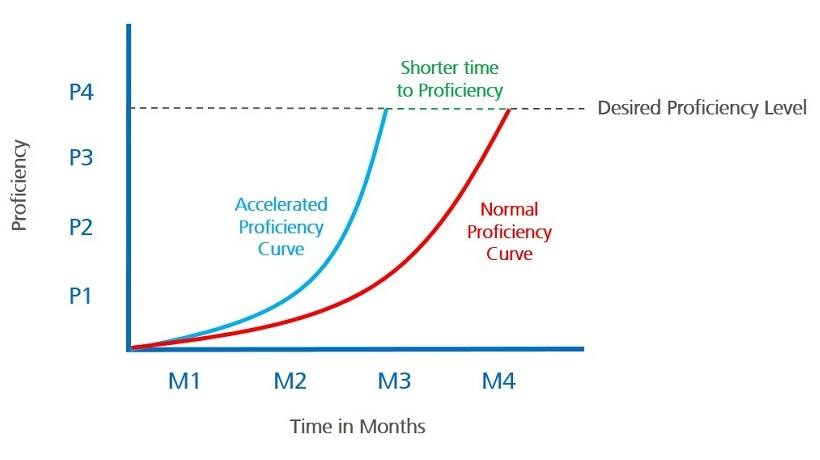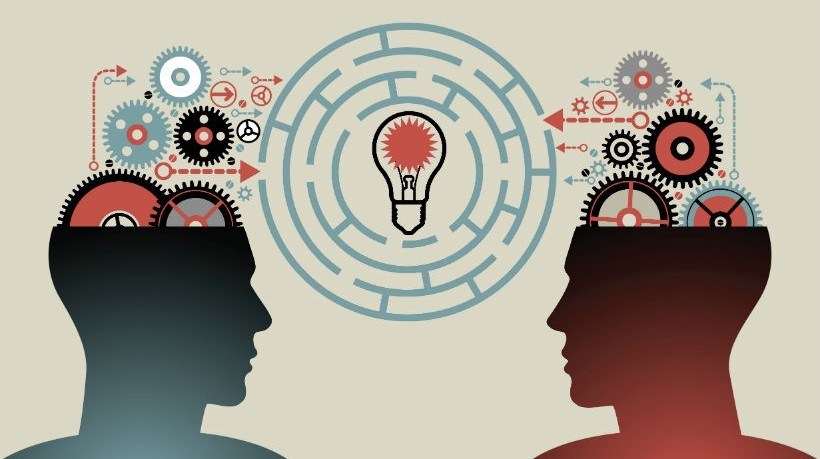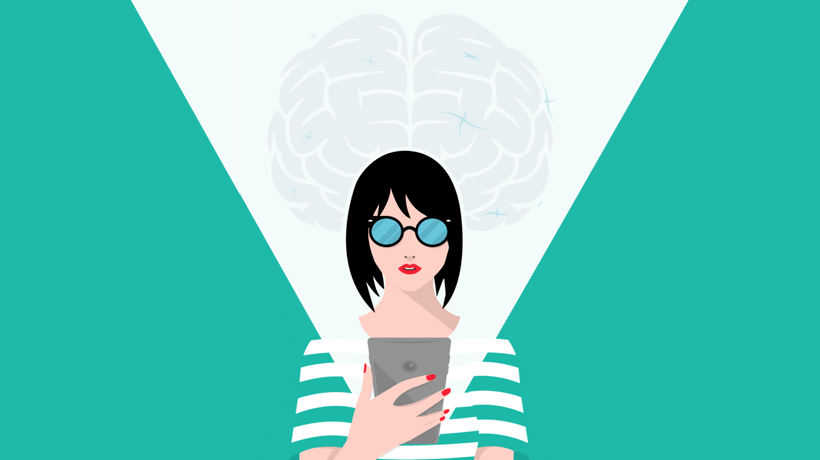Why Is It Important To Know The Four Stages Of Competence To Create Effective Learning?
In recent years, the field of eLearning has been flooded with AI-powered tools and features that have automated the learning journey to a great extent. Everything from topic recommendations and assessments to learner support is now managed by algorithms or AI chatbots. However, despite the heavy reliance on technology, eLearning professionals and Instructional Designers cannot forget the fundamentals behind how knowledge is acquired. We are referring to the Four Stages of Competence, a model created in the 1970s to describe the various stages a person goes through to move from ignorance to mastery. Understanding this progression is essential for professionals in the eLearning field to help them create effective learning experiences that empower learners to achieve their goals. In this article, we explore the stages of competence and the role of eLearning in each one.
Exploring The Four Stages Of Competence And The Role Of eLearning
Stage 1: Unconscious Incompetence
The first stage of the learning competence model is unconscious incompetence, or, in simpler words, the stage during which learners are unaware of what they don't know. In most cases, this is the state that learners find themselves in at the beginning of their learning journey, where they don't have an idea of all the things they don't know about the subject they will be delving into. At this stage, learners may simplify the task in their minds, leading to decreased motivation to actually explore it.
To better understand this stage and the subsequent stages of the learning competence model, we will be using an example throughout the article. Let's say you want to introduce a new software to your employees. It could be a new Customer Relationship Management (CRM) platform, a Learning Management System (LMS), or a project management tool. Initially, your employees will be unfamiliar with this new tool, and their reactions may vary. Some might approach it with overconfidence, underestimating the tool's complexity, while others may be apprehensive, especially if they are not interested in learning new technologies.
How Can eLearning Help?
At this stage, eLearning designers and instructors need to motivate learners to try the course. The focus isn't on learning yet as much as it is on sparking interest. Therefore, they need to do the following:
- Create awareness. If learners are at the stage where they don't realize their incompetence, they also probably don't understand the consequences of ignorance. Use quick videos or infographics to highlight the benefits of competence and the cost of inaction.
- Identify strengths and weaknesses. Use assessments, quizzes, and brief self-checks to determine the learner's starting point as well as their growth potential. This will help you design a learning path that aligns with their current skillset and goals for the future.
- Build curiosity. Take the process of revealing to learners the extent of their ignorance one step further. Use simulations, scenario-based stories, and role-playing activities to highlight the practical uses of the training course and make the need for learning more tangible.
Stage 2: Conscious Incompetence
At the second stage of the competence learning model, the learner has gained a fair understanding of their knowledge gaps. In other words, they are aware of what they don't know. This is a very important step in the learning process, as it describes the moment when learners accept that they have knowledge gaps and need to put in the effort to work on them. This realization may also lead to frustration as learners understand just how much there is to learn.
Going back to our example, during the second stage of competence, employees have become more familiar with the new tool or platform they need to learn. However, upon finding out more about its full potential, they may feel overwhelmed by the number of features or functions they must learn to navigate.
How Can eLearning Help?
This is a crucial step of the learning process, as the risk of losing learners is still quite high. As a result, a great deal of support and adaptability is necessary. Here are some of the things eLearning can help with:
- Mentorship and coaching. Stay close to learners as they navigate the challenges of acquiring a new skill, providing them with learning opportunities, such as skill-based training, simulations, and guided tutorials. Remember to pair these with one-on-one guidance to ensure your employees feel as supported as possible.
- Microlearning. Break training sessions into manageable modules to adapt to the busy schedules of learners.
- Reflection. To help your employees learn as effectively as possible, make sure to include progress trackers and brief journaling points to encourage reflection and motivate employees to keep learning.
Stage 3: Conscious Competence
Moving on to the third stage of competence, we have conscious competence. At this point, learners have acquired the skill in question and are capable of applying it effectively. However, it has not been automated yet, requiring conscious effort and thought. As a result, although they are productive, mistakes can still occur, albeit fewer compared to the previous stages.
For example, employees have had enough time to train using the new LMS or CRM software so that they know all of its capabilities and features. On top of that, they can use them effectively to log in to find data, generate reports, or share insights with their colleagues. But, to do that, they still need to pause and remember how to complete each task or refer to resources to remember the exact sequence of steps they must follow.
How Can eLearning Help?
During this stage, eLearning instructors must focus on providing learners with the reinforcement and feedback loops they need to solidify the knowledge they have already acquired. Specifically, they must help with the following:
- Practice and repetition. Learners need to practice and apply their new skills as much as possible, which can be achieved through interactive simulations, branching scenarios, collaborative projects, and more.
- Feedback loops. Provide learners with continuous feedback about their progress through automated assessments and regular one-on-one meetings. This fosters motivation and engagement.
- Performance support. Learners need support outside of the learning environment, too. Help them apply their new skills in real-life situations by integrating aids and guides into their workflow.
Stage 4: Unconscious Competence
The final stage of competence starts when the learner has mastered the skill. This happens when they have learned the skill so well that it has become second nature, and they can apply it without conscious thought. The challenge here is to ensure that learners don't forget the basics just because they have achieved mastery. This way, they can pass on this knowledge and contribute to the organization's learning culture.
Referring to the previous example, your team has now learned how to use their new tool(s) flawlessly, thus significantly improving their daily performance. The only flaw that could be mentioned is the fact that they struggle to train newcomers on how to use the tool as effectively as they do.
How Can eLearning Help?
During the final stage of the learning competence model, the role of eLearning shifts from training individuals to fostering a learning culture that will ensure knowledge retention and transfer. Therefore, the following need to be addressed:
- Recognition. It is important to recognize the fact that learners have achieved mastery of a certain skill through certifications, badges, and public shout-outs. This will encourage them to continue their learning journey with other courses.
- Continuous learning. Once a skill has been mastered, learners can still delve deeper by exploring specializations or new fields of application.
- Knowledge capture. It is crucial that employees document what they are learning to create a knowledge base that they themselves or other employees can refer to whenever needed.
- Knowledge transfer. Finally, knowledge must be shared so that everyone in your organization can learn new things, improve their performance, and make your company more efficient. This can be achieved by making your knowledge base accessible to all and encouraging collaborative projects that promote cross-functional knowledge sharing.
Conclusion
Understanding the Four Stages of Competence model ensures that eLearning professionals don't forget the fundamentals of their own field. Namely, that learning is a series of steps that need to be followed in a specific order to ensure effective knowledge acquisition and retention. By keeping these principles in mind, Instructional Designers and eLearning instructors can create learning experiences that cater to the needs of their audience and help them achieve their learning goals as efficiently as possible.









